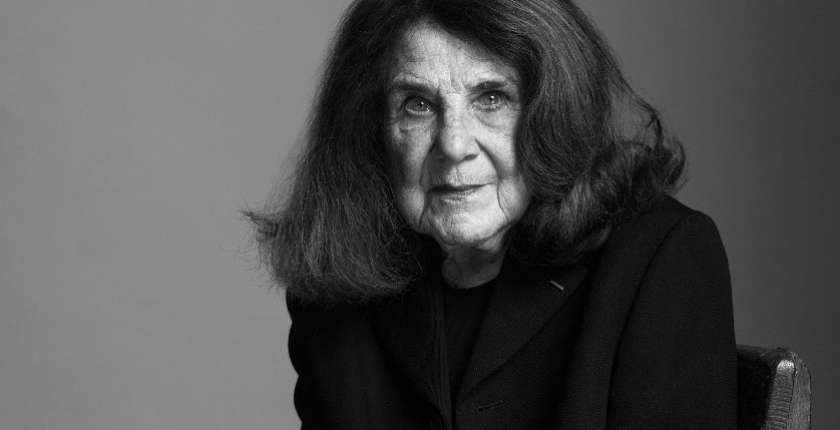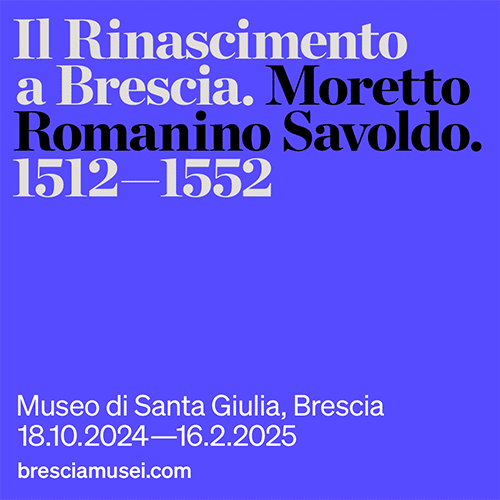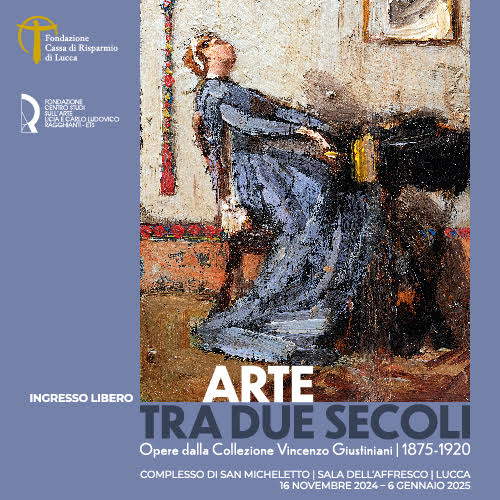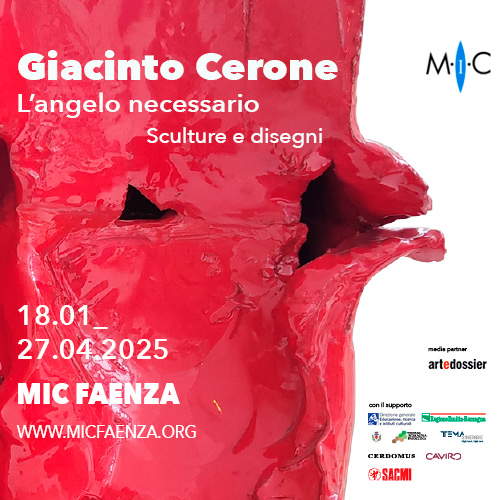Farewell to Jacqueline de Jong, leading artist of the European avant-garde
Dutch artist Jacqueline de Jong, one of the leading names in European contemporary art, passed away last Saturday in Amsterdam after a brief illness at the age of 85. Born Jan. 3, 1939, in Hengelo, the Netherlands, De Jong developed a career characterized by a deep engagement with avant-garde art, while never abandoning figuration.
Growing up in a family with Jewish roots, De Jong lived through the Nazi occupation of the Netherlands during World War II (she was forced to leave the country with her mother to seek shelter in Switzerland, while her father remained in Amsterdam: the two were even arrested at the border with France, but thanks to the help of French partisans they were freed and allowed to cross the border). After the war, she first went to Paris and then returned to Amsterdam, before moving to London where, in 1959, she met Asger Jorn, founder of the CoBrA group, which had an important influence on De Jong’s art, and with whom the young Dutch artist also embarked on a love affair that lasted a few years.
Indeed, a crucial moment in Jacqueline de Jong’s career was her involvement with theSituationist International, a group of artists, intellectuals and political activists who sought to revolutionize art and society in the 1950s and 1960s. The Situationist International promoted the idea of a society in which art and everyday life were indistinguishable, sharply criticizing capitalism and the society of the spectacle. De Jong joined the Situationist International in 1960 and quickly became a prominent figure within the group. However, after a series of internal disputes, he left the movement along with other dissident members, but not before founding a paper, The Situationist Times, which had six issues since its first issue in 1962. With The Situationist Times, De Jong had created a platform to explore issues related to art, politics, and visual culture. The publication of The Situationist Times lasted until 1967, with six issues remaining classic examples of avant-garde publishing. Through the magazine, De Jong collaborated with many artists and intellectuals, including Asger Jorn himself.

Jacqueline de Jong went on to develop a prolific and diverse artistic career, which really began in the 1960s. Influenced by expressionism, surrealism, and the CoBrA movement, her art is characterized by a strong sense of color, form, and movement. Her paintings often explore themes of violence, sexuality, and power, with a sensibility that reflects her commitment: a feminist and ironic artist, she has always rejected abstraction and is distinguished by a distinctly narrative painting style. De Jong has shown her work in numerous international exhibitions, and her creations are part of important public and private collections around the world.
“Jacqueline de Jong,” states her flagship gallery, Dürst, Britt & Mayhew, “has been at the forefront of the European avant-garde for the past six decades. Her contribution to the visual arts cannot be underestimated or measured today, for her indelible impact will be felt for generations to come. Leaving behind an uncompromising body of work, her fierce loyalty to family and friends, along with her commitment to her colleagues, Jacqueline de Jong will be deeply missed by many. Tireless to the end.”
 |
| Farewell to Jacqueline de Jong, leading artist of the European avant-garde |
Warning: the translation into English of the original Italian article was created using automatic tools. We undertake to review all articles, but we do not guarantee the total absence of inaccuracies in the translation due to the program. You can find the original by clicking on the ITA button. If you find any mistake,please contact us.





























